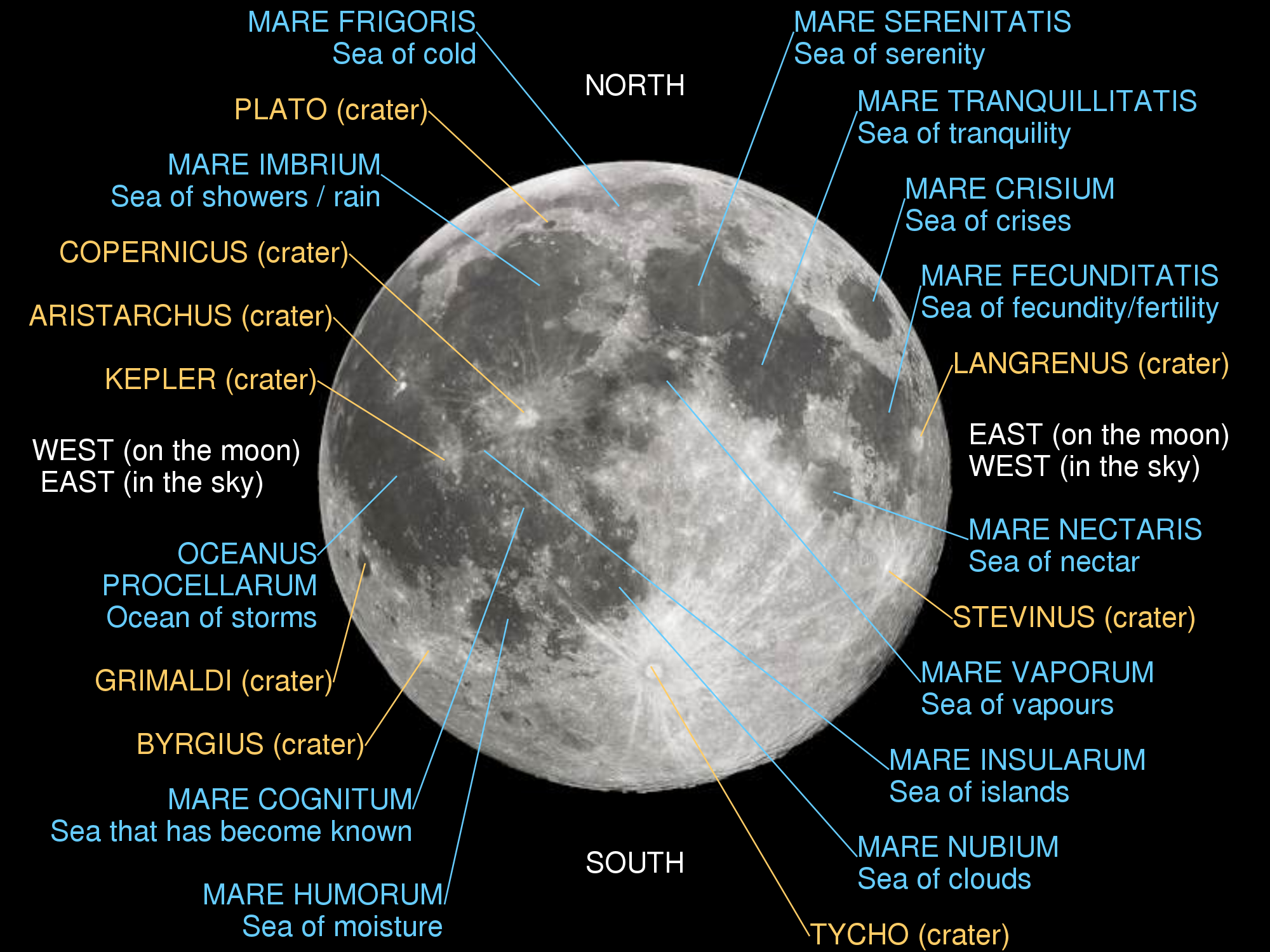Between 1969 and 1972, a dozen human beings walked upon the surface of the Moon, amounting to a total lunar exploration time of 3d 8h 32m 26s. Gene Cernan returned to the Lunar Module at 11:40:56 p.m. CST on December 13, 1972. In the over 44 years since, no one has followed in his footsteps. Sadly, Gene Cernan, who died in 2017, never lived to see another human walk on the Moon. Ever since his Apollo 17 mission, he has held the dubious distinction of being the “last man to walk on the Moon”.
Only four of the twelve Apollo astronauts who walked on the Moon are still living. Will humans return to the Moon before the last of them dies?
Buzz Aldrin (1930-)
Neil Armstrong (1930-2012)
Alan Bean (1932-2018)
Gene Cernan (1934-2017)
Pete Conrad (1930-1999)
Charlie Duke (1935-)
Jim Irwin (1930-1991)
Ed Mitchell (1930-2016)
Harrison Schmitt (1935-)
Dave Scott (1932-)
Alan Shepard (1923-1998)
John Young (1930-2018)
Fortunately, robotic explorers orbiting and landing on the Moon in recent years have made some discoveries that provide a new impetus for humans to return to the Moon. One of those discoveries is evidence for sublunarean structures that could provide “roughed in” habitats for human settlement.
Mother Nature may have done us a great favor thanks to lunar volcanism.
Most volcanism on the Moon occurred between 3 and 4 billion years ago when the lunar maria formed.

Sinuous rilles provide evidence of past volcanic flows and may be the collapsed remains of lava tubes. There is some evidence to support that both Vallis Schröteri and Rima Sharp extend below the lunar surface as uncollapsed lava tubes. Vacant lava tubes beneath the lunar surface may be quite common.


Volcanism on the Moon may have continued almost up to the present day. Not only do numerous small volcanoes on the Moon suggest active volcanism within the past 50 to 100 million years, but the irregular mare patch Ina in Lacus Felicitatis (“Lake of Happiness”) may be a volcanic feature no more than 10 million years old.

Could there be vacant lava tubes beneath the lunar surface? On Earth, underground lava tubes can be found in Hawaii, Iceland, and many other locations around the world.

Further evidence that there may be caverns and vacant tubes underneath the lunar surface are the many deep pits that have been discovered—over 150 so far. Some of these pits may be openings into lava tubes beneath the surface, known as skylights.




NASA’s Gravity Recovery and Interior Laboratory (GRAIL) lunar orbiters mapped the gravitational field of the Moon in unprecedented detail, uncovering evidence of voids beneath the lunar surface. Ground-penetrating radar, gradiometric, and gravimetric measurements are now needed to confirm the nature of these voids and whether they would be suitable structures for human habitation, shielding lunar residents from radiation, temperature extremes, and micrometeorites.
The Marius Hills Hole (MHH), about 160 ft. wide and 160 ft. deep at 14.100˚N, 303.262˚E, has been identified as leading to an intact lava tube below the lunar surface (Kaku et al. 2017). The discovery was made after analyzing data from the Lunar Radar Sounder (LRS) instrument aboard the SELENE spacecraft. LRS was an 800-watt ground penetrating radar, sweeping between 4 and 6 MHz every 200 μsec. Each time these radio waves hit subsurface boundaries between rock and void, they reflected back towards the spacecraft and the lag times were used to estimate the depth and size of the voids.
Additional lava tubes or cavernous voids are thought to exist in the Marius Hills region, 13.5-13.8˚ N, 302.5-302.8˚ E.
The Lunar Advanced Radar Orbiter for Subsurface Sounding (LAROSS) mission has been proposed (Sood et al. 2016), and Gedex Inc., a Toronto-based geophysics company, is developing a rover-mounted gravimeter and gravity gradiometer (Urbancic et al. 2015). A gradiometer will be used to study the near-surface environment, and a gravimeter will go deeper.
These are exciting times for lunar exploration!
References
Beatty, K. 2014, (Geologically) Recent Volcanoes on the Moon?, Sky & Telescope blog, October 14, 2014
Blair, D. M., Chappaz, L., Sood, R. et al. 2017, Icarus, 282, 47:55
Kaku, T., Haruyama, J. et al. 2017, Geophysical Research Letters, 44
Sood, R., Melosh, H. J., Howell, K. 2016, 26th AAS/AIAA Space Flight Mechanics Meeting, AAS 16-464
Sumner, T. 2017, Science News, 191, 1, 5 (January 21, 2017)
Urbancic, N., Stanley, S., Ghent, R., et al. 2015, 46th Lunar and Planetary Science Conference #1616